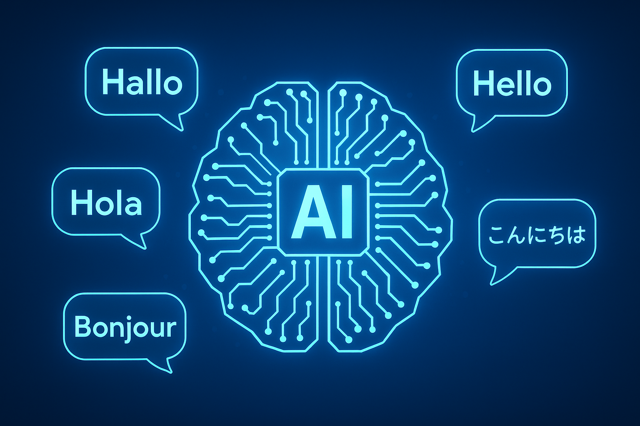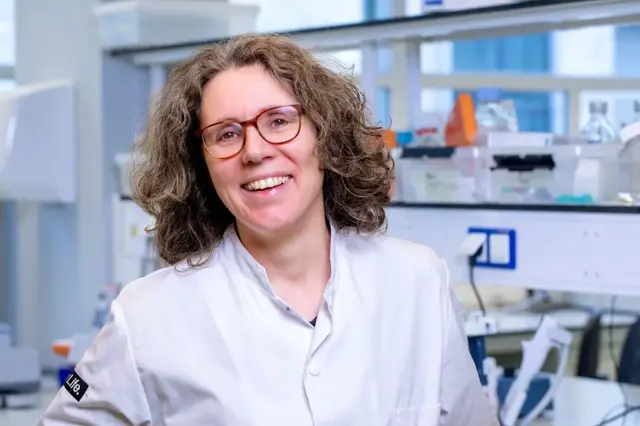< Back to news
Roald: "Motion amplification is a new technology that uses a camera to collect images of tiny movements, invisible to the eye. These movements are then extremely amplified with artificial intelligence. A well-known example is a video from the Massachusetts Institute of Technology (MIT). which shows how this technology makes visible the subtle breathing of a newborn baby, or someone's pulse. 


3 October 2023
Making the invisible visible with AI: Roald studied it
At the HvA's new master's in Applied A.I., the first batch of students graduated this summer. What is unique about this master's is that students not only learn the theory, but also make and apply A.I. models and critically examine the consequences for fields of study.
Roald Teunissen delved into 'motion amplification', a new application of artificial intelligence that is going to mean a lot for the healthcare, maintenance and energy sectors.
What does this new form of A.I. entail?
Roald: "Motion amplification is a new technology that uses a camera to collect images of tiny movements, invisible to the eye. These movements are then extremely amplified with artificial intelligence. A well-known example is a video from the Massachusetts Institute of Technology (MIT). which shows how this technology makes visible the subtle breathing of a newborn baby, or someone's pulse.
Motion amplification will soon be especially indispensable for maintenance. In the logistics, manufacturing and energy sectors, you can use it to detect defects early (predictive maintenance). The A.I. model monitors the entire system and predicts where maintenance is needed before something breaks down. Like a wind turbine with too much vibration in the motor."
Why is this development relevant?
"The social relevance of motion amplification is great for the construction and manufacturing sector, infrastructure and healthcare. After all, you don't need to perform any intervention to detect abnormalities. All you need is a camera, lens, and powerful minicomputer; which comes to over 800 euros. That's a relatively low cost for something that can have a lot of impact, compared to, say, the cost of surgery."
Read the entire interview here (in Dutch).
Vergelijkbaar >
Similar news items

September 9
Multilingual organizations risk inconsistent AI responses
AI systems do not always give the same answers across languages. Research from CWI and partners shows that Dutch multinationals may unknowingly face risks, from HR to customer service and strategic decision-making.
read more >

September 9
Making immunotherapy more effective with AI
Researchers at Sanquin have used an AI-based method to decode how immune cells regulate protein production. This breakthrough could strengthen immunotherapy and improve cancer treatments.
read more >

September 9
ERC Starting Grant for research on AI’s impact on labor markets and the welfare state
Political scientist Juliana Chueri (Vrije Universiteit Amsterdam) has received an ERC Starting Grant for her research into the political consequences of AI for labor markets and the welfare state.
read more >